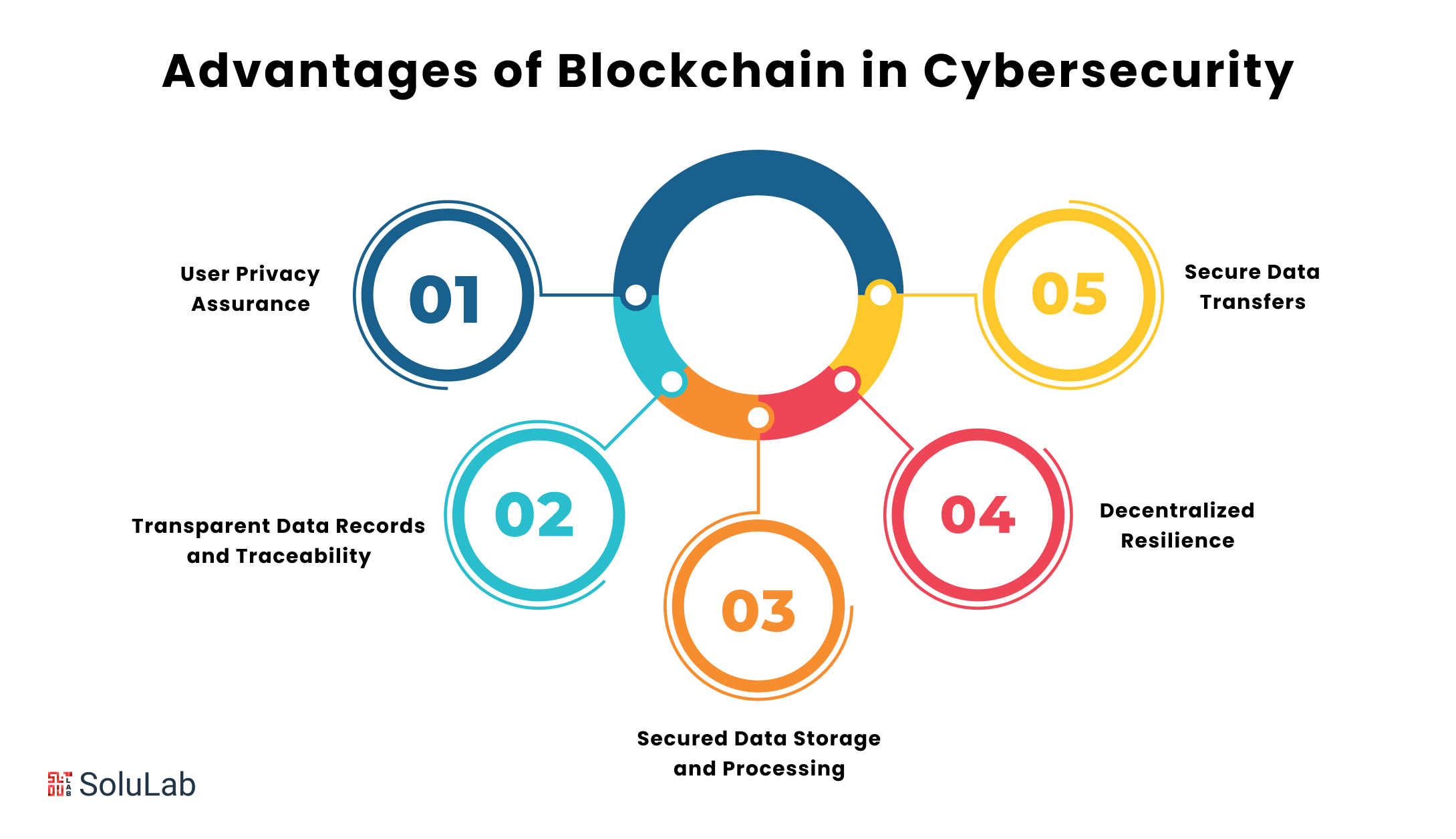Curious about what blockchain technology is and how it impacts digital security? This beginner-friendly guide will help you understand this revolutionary concept in simple terms. Blockchain technology is transforming industries by offering a secure and decentralized method for managing digital transactions. Through this blog, you’ll gain valuable insights into how blockchain works and its future potential for safeguarding online data. Let’s unravel this fascinating world and explore why it’s considered the future of digital security.
How Does Blockchain Work?
The Basics of Blockchain Architecture
At its core, blockchain consists of individual records, called “blocks,” that are linked together to form a chain. Each block contains data, a timestamp, and a cryptographic hash of the previous block, ensuring the integrity of the entire chain. This decentralized system allows multiple parties to access the same data, making tampering extremely difficult.
Blocks, Chains, and Decentralization
Blockchain operates on a decentralized network, where no single entity has control over the data. The blocks are stored across various nodes in a network, making it almost impossible for hackers to alter data without affecting the entire system.
Consensus Mechanisms (Proof of Work, Proof of Stake)
Blockchain relies on consensus mechanisms to validate transactions. The most common mechanisms are Proof of Work (PoW) and Proof of Stake (PoS). PoW requires participants to solve complex mathematical puzzles, while PoS enables the network to choose validators based on their stake.
Blockchain’s Role in Cybersecurity

How Blockchain Enhances Online Security
Blockchain technology enhances security through decentralization, cryptographic encryption, and immutability. Once a transaction is recorded, it cannot be altered without the consensus of the entire network, reducing fraud risks.
Benefits of Decentralization and Encryption in Transactions
Decentralization ensures that no single point of failure exists, while cryptographic encryption protects transaction data from unauthorized access. This makes blockchain highly secure for storing and transferring sensitive information.
Real-Life Applications of Blockchain in Cybersecurity
Several industries are already leveraging blockchain to improve security. For example, companies use blockchain to secure supply chain data, protect intellectual property, and enhance election transparency.
Advantages and Limitations of Blockchain

Key Advantages of Blockchain Technology
Blockchain provides numerous advantages, including enhanced security, increased transparency, and reduced reliance on intermediaries. By eliminating the need for third parties, transactions become faster and more cost-effective.
- Enhanced Data Security, Transparency, and Trust ✅: Blockchain offers a secure environment by using cryptography and decentralization to ensure that transactions are transparent and verifiable.
- Reduced Need for Intermediaries ✅: Blockchain transactions occur directly between users, reducing the need for third-party involvement and lowering associated costs.
Limitations and Challenges in Blockchain Adoption

Despite its advantages, blockchain faces challenges, including high energy consumption, scalability issues, and regulatory concerns that may slow widespread adoption.
- Energy Consumption, Regulatory Concerns, and Scalability Issues ❌: Blockchain systems like Bitcoin require significant computational power, raising concerns about energy usage. Regulatory and scalability challenges also hinder adoption.
Future of Blockchain Technology

How Blockchain Is Shaping Future Trends
Blockchain is poised to influence numerous industries, from finance and healthcare to logistics and real estate. Its ability to create secure, decentralized networks is expected to drive innovation.
Blockchain and the Internet of Things (IoT)
One promising application of blockchain is in the IoT industry. Blockchain can secure data exchanges between IoT devices, ensuring privacy and integrity in automated processes.
The Potential for Widespread Adoption
Blockchain has the potential to revolutionize industries, making it likely that organizations will increase adoption as they implement scalability solutions and regulations.
FAQ’s
In simple terms, blockchain technology is a digital system for recording information in a way that makes it difficult to change or hack. It consists of a series of connected blocks, each containing data and linked together in a secure and transparent manner. This technology allows multiple parties to share information safely without needing a central authority.
There are three main types of blockchain: public, private, and consortium. Public blockchains, like Bitcoin and Ethereum, are open to anyone and provide full transparency. Specific users access private blockchains, which businesses often use for internal processes. A group of organizations manages consortium blockchains, creating a shared, controlled environment
– Notable examples of blockchain technology include Bitcoin, which is a cryptocurrency using blockchain for secure transactions.
– Ethereum, which supports smart contracts and decentralized applications (DApps).
– And Hyperledger Fabric, used by businesses for private blockchain networks. These examples showcase blockchain’s versatility across various applications.
Conclusion
In summary, blockchain technology offers significant advantages for security, transparency, and efficiency in digital transactions. As its applications continue to grow, understanding what is blockchain technology is becomes crucial for staying ahead in the digital world. Whether you are a beginner or an expert, you cannot ignore blockchain’s impact on the future of digital security.
Read more about technology topics on our blog to stay updated on the latest trends and innovations. Visit zynicon for more blogs like this!
Choice of Lineage 2 server to start in the game
L2 X5.
Secrets of the durability of double glazed windows in Melbourne
double glazing melbourne
Выгодные предложения на технику Microsoft, помогут сэкономить ваш бюджет.
разработка на power platform .